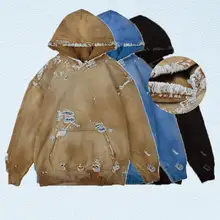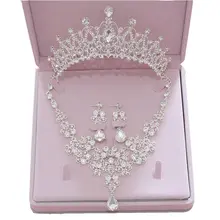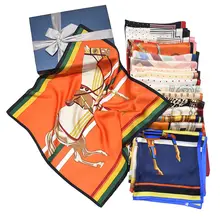
Vietnam's apparel offerings on Alibaba.com showcase a diverse range of clothing options, reflecting the country's strong manufacturing capabilities. Customers can explore a variety of men's and women's clothing, including casual t-shirts, polo shirts, and dresses. Men's clothing selections feature items like drop shoulder streetwear t-shirts, oversized white short-sleeved t-shirts, and sublimation polo shirts suitable for sports such as golf and tennis. These garments are designed for comfort, style, and performance, with features like quick-dry fabrics and customizable options for personal or corporate branding.
For women, the range includes plus-size garments, casual dresses, and fashion apparel in various designs. The materials used in these products are chosen for their durability and comfort, with cotton and polyester blends being common. The Vietnamese apparel industry also caters to specific needs such as plus-size options and eco-friendly materials, like rice husk plastic for accessories. In addition to clothing, there are also offerings of related accessories, such as eco-friendly hangers, which complement the apparel products.
The apparel from Vietnam is not only about traditional wear but also includes modern and fusion garments that cater to contemporary fashion trends. This includes oversized t-shirts, polo shirts with custom logos, and luminous graphic t-shirts that cater to a younger, fashion-forward audience. The versatility of Vietnamese apparel is evident in the range of styles, from casual streetwear to more formal polo shirts that can be worn in various settings.











































 浙公网安备 33010002000092号
浙公网安备 33010002000092号 浙B2-20120091-4
浙B2-20120091-4